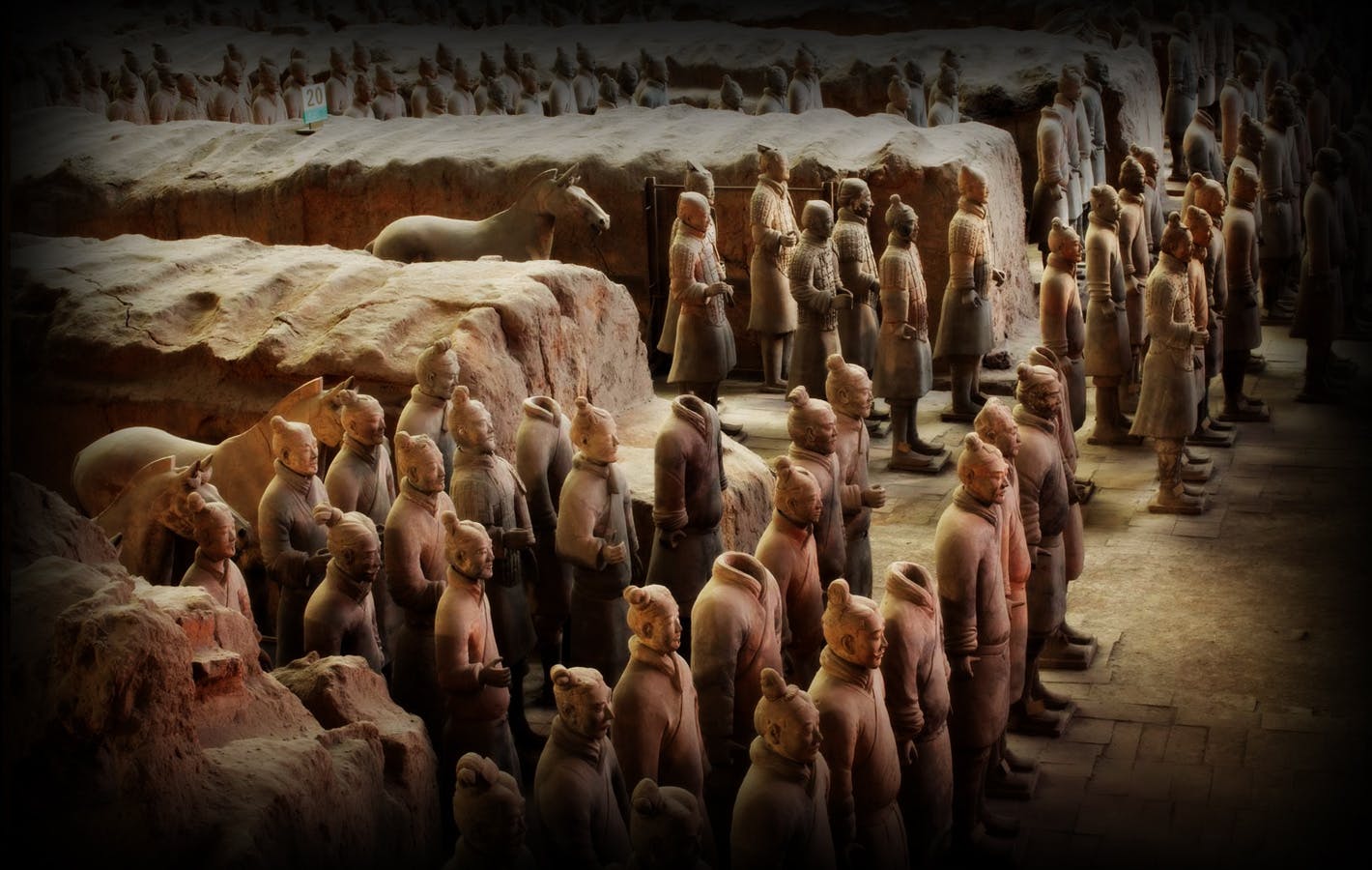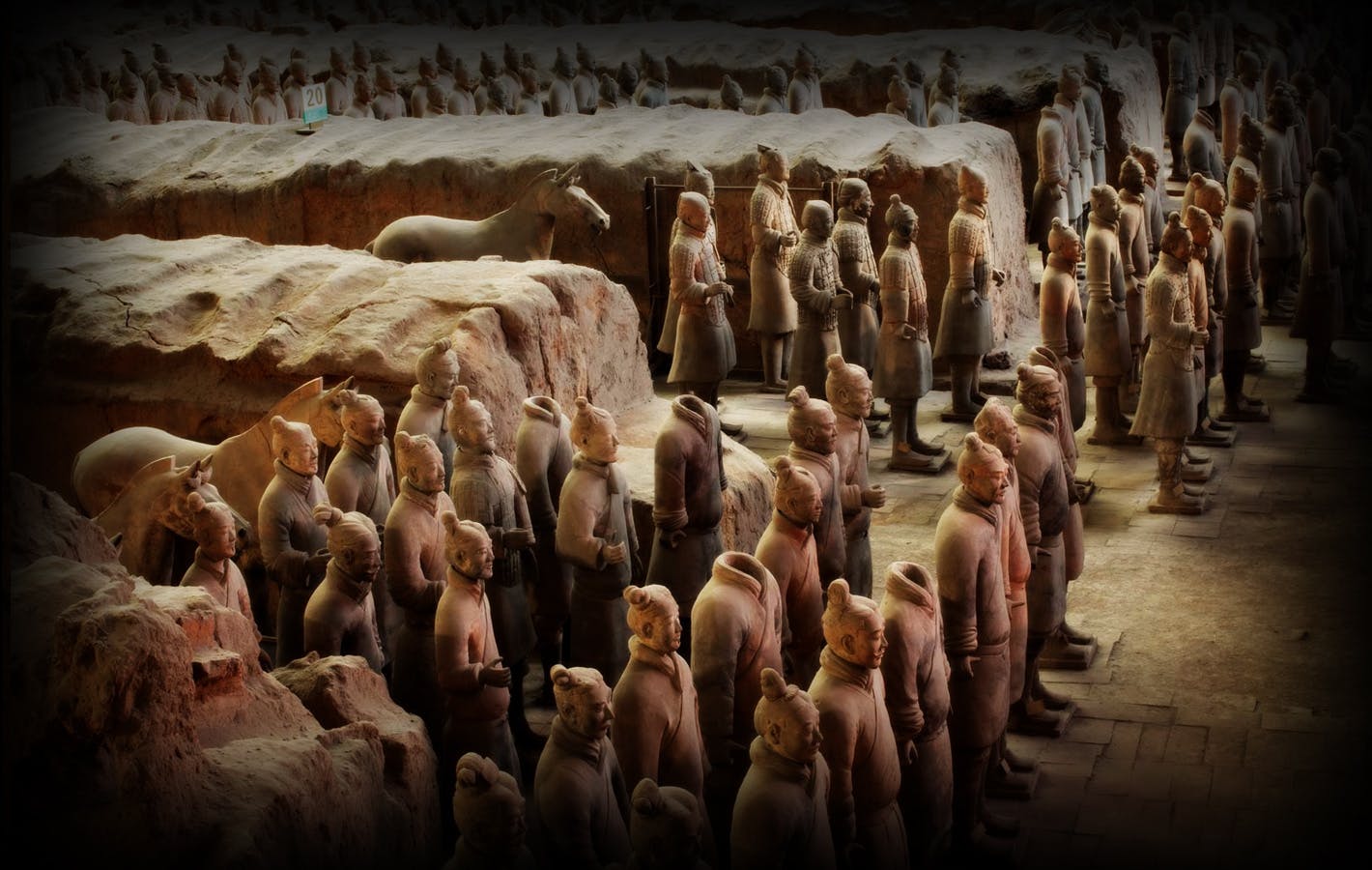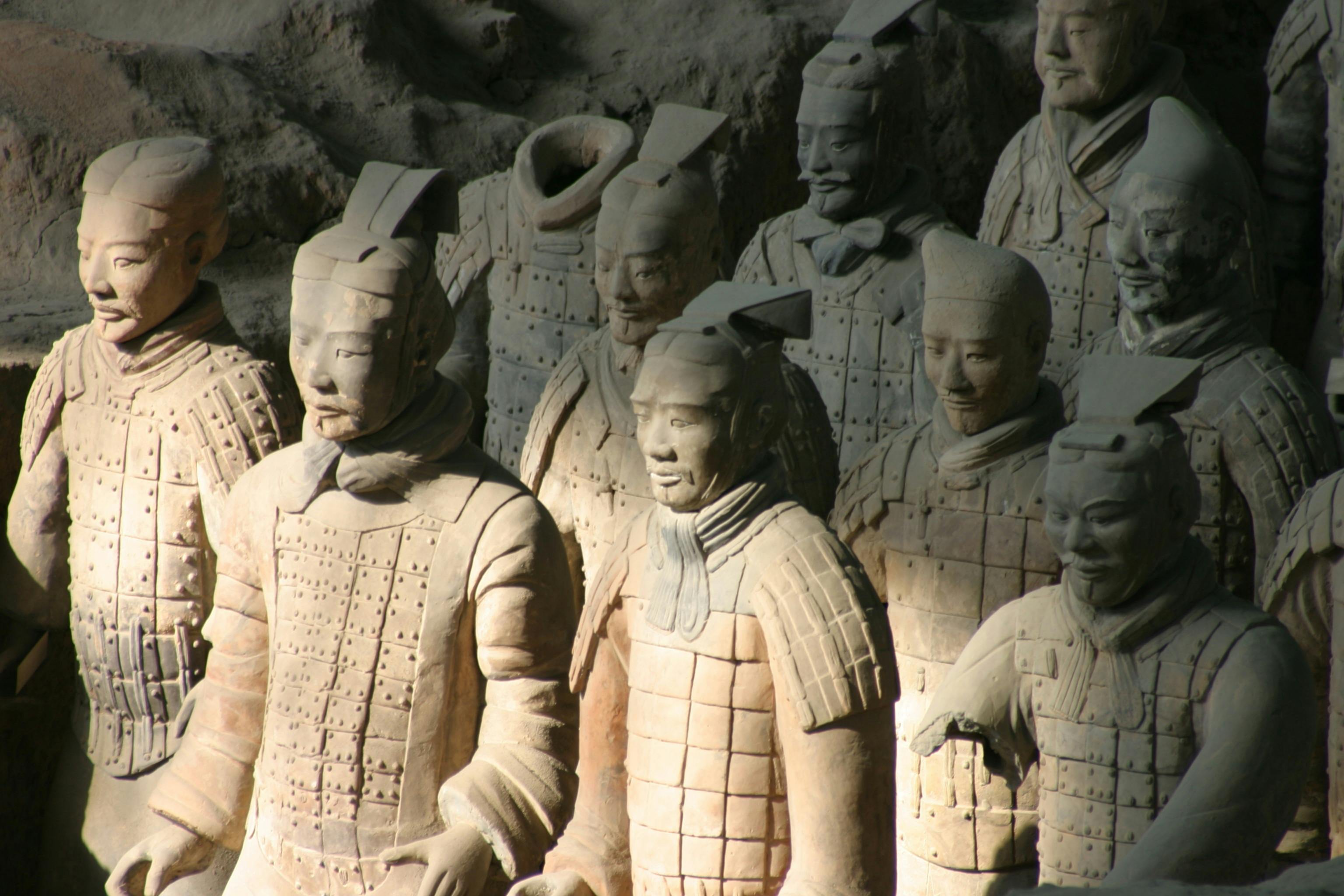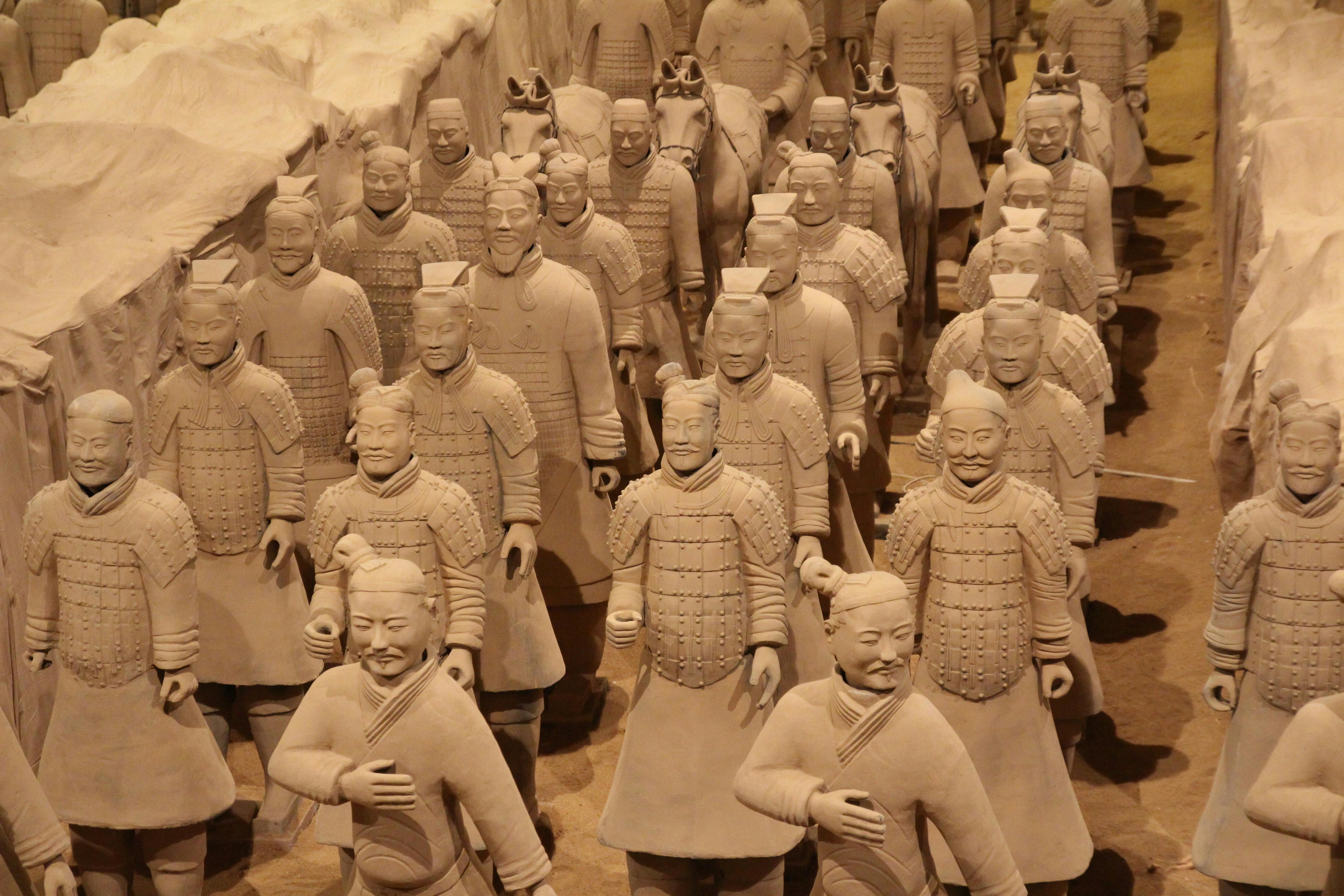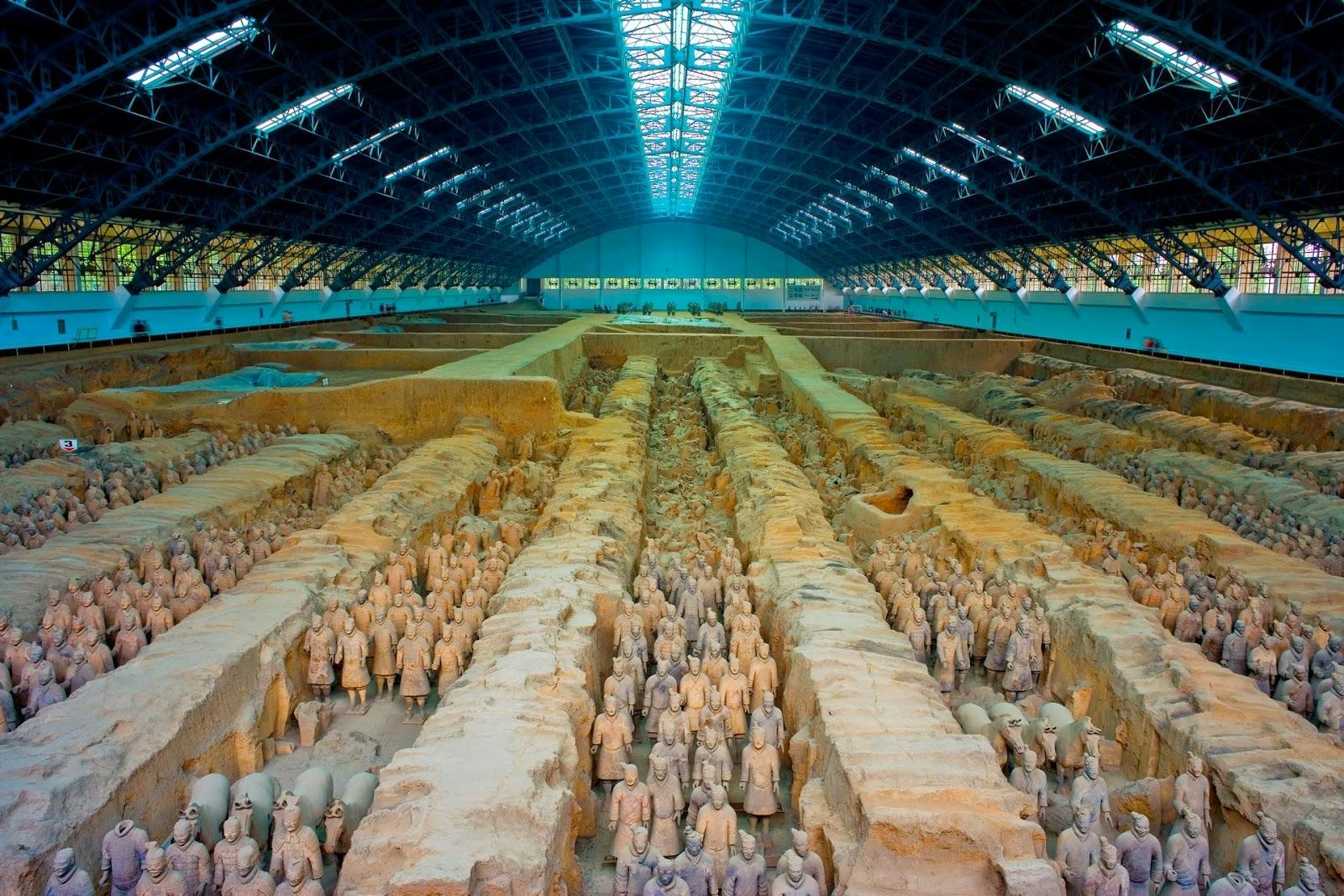The discovery of the Terracotta Warriors stands as one of the most significant archaeological finds of the 20th century, fundamentally altering our understanding of ancient China, particularly the reign of Emperor Qin Shi Huang and his elaborate burial practices. Discovered in 1974 by local farmers near the city of Xi’an in Shaanxi province, this vast underground army offers profound insights into the life, legacy, and afterlife beliefs of China’s first emperor.
A Window into Emperor Qin Shi Huang’s Reign
Before the discovery of the Terracotta Warriors, historical knowledge of Emperor Qin Shi Huang, who reigned from 221 to 210 BCE, was primarily derived from ancient texts, such as the “Records of the Grand Historian” by Sima Qian. These texts painted a picture of a powerful, often ruthless ruler who unified China, standardized weights, measures, and even script, and constructed massive infrastructure projects, including the early Great Wall.
The unearthing of the Terracotta Army, however, provided tangible evidence of the emperor’s immense power and resources. The sheer scale of the burial complex, with over 8,000 life-sized warriors, horses, chariots, and weapons, all meticulously crafted and arranged in battle formation, underscored the emperor’s ambition to maintain his rule in the afterlife. This discovery highlighted not just his military might but also the advanced craftsmanship and organizational capabilities of his empire.
Shifting Perspectives on Burial Practices
The discovery of the Terracotta Warriors also revolutionized our understanding of ancient Chinese burial practices. Prior to this find, it was known that Chinese emperors and nobles were buried with objects and sometimes even with human sacrifices intended to serve them in the afterlife. However, the scale and complexity of Emperor Qin Shi Huang’s burial complex were unprecedented.
The Terracotta Army suggests a shift from the practice of human sacrifices, as indicated by the absence of human remains in the tomb, to a more symbolic representation of power. Instead of burying real soldiers, artisans created a vast army of clay warriors, each uniquely modeled, reflecting the emperor’s desire for eternal protection and his belief in an afterlife where his reign would continue. This not only showcases the evolution of burial practices but also points to a more humane approach, substituting human sacrifices with intricate representations.
Cultural and Historical Impact
The Terracotta Warriors also revealed much about the cultural and artistic achievements of the Qin Dynasty. The attention to detail in the warriors’ facial expressions, hairstyles, and armor offers a glimpse into the diversity of the Qin army, reflecting different ethnic groups and ranks within the military. The discovery demonstrated the high level of artistry and technological innovation during Qin Shi Huang’s reign, including early forms of mass production, as many of the warriors were produced using molds and then individually finished by hand.
Moreover, the discovery brought to light the vast resources that were dedicated to the emperor’s tomb, which is believed to be part of a much larger necropolis covering nearly 38 square miles. This indicates the central role of the emperor in Chinese society and the lengths to which he went to secure his legacy.
Conclusion
The discovery of the Terracotta Warriors has greatly enhanced our understanding of Emperor Qin Shi Huang and his reign, providing a more nuanced view of his rule, his vision of the afterlife, and the cultural practices of his time. It stands as a testament to his power, the sophistication of the Qin Dynasty, and the enduring fascination with China’s ancient history. Through this discovery, we gain a deeper appreciation of the complex interplay between life, death, and legacy in ancient Chinese civilization.


